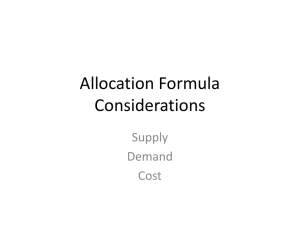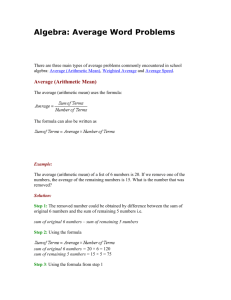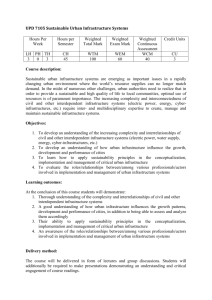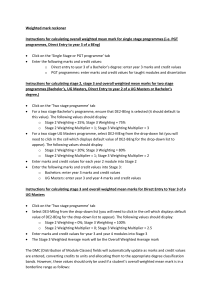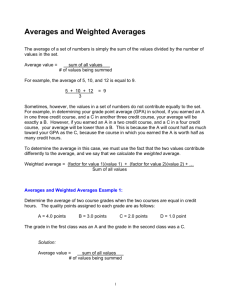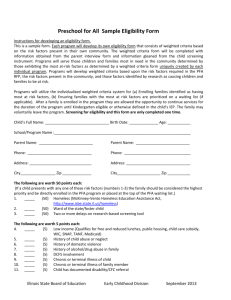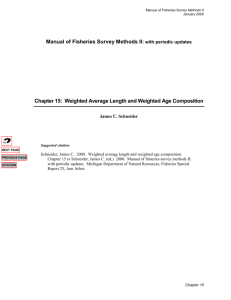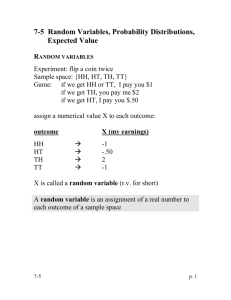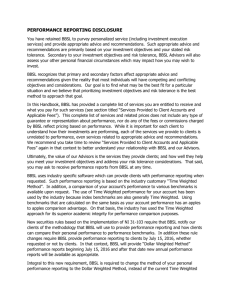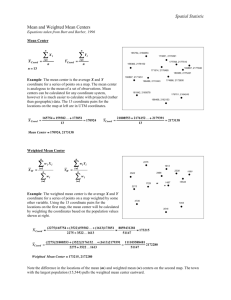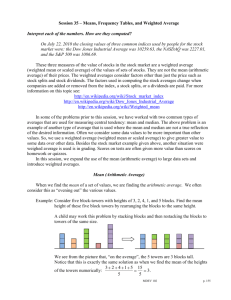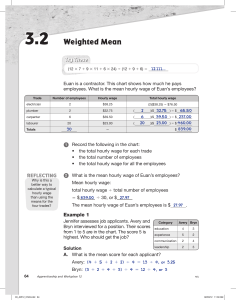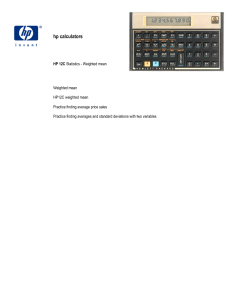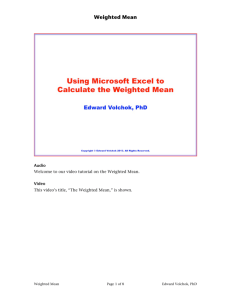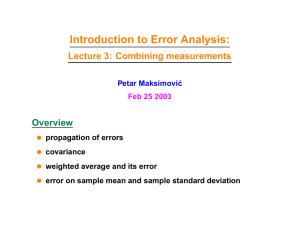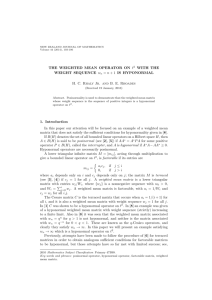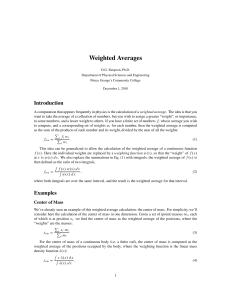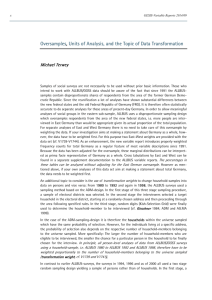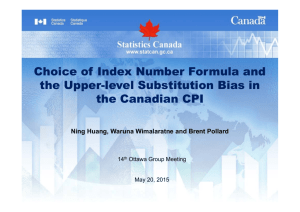Revision – Index Numbers
advertisement
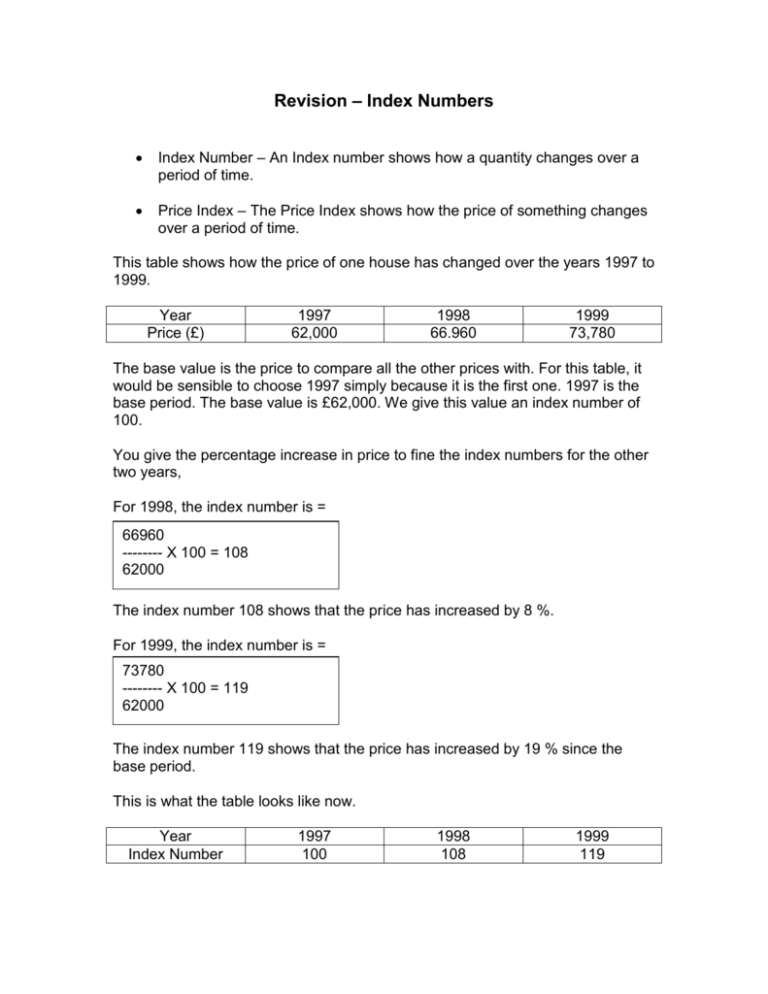
Revision – Index Numbers Index Number – An Index number shows how a quantity changes over a period of time. Price Index – The Price Index shows how the price of something changes over a period of time. This table shows how the price of one house has changed over the years 1997 to 1999. Year Price (£) 1997 62,000 1998 66.960 1999 73,780 The base value is the price to compare all the other prices with. For this table, it would be sensible to choose 1997 simply because it is the first one. 1997 is the base period. The base value is £62,000. We give this value an index number of 100. You give the percentage increase in price to fine the index numbers for the other two years, For 1998, the index number is = 66960 -------- X 100 = 108 62000 The index number 108 shows that the price has increased by 8 %. For 1999, the index number is = 73780 -------- X 100 = 119 62000 The index number 119 shows that the price has increased by 19 % since the base period. This is what the table looks like now. Year Index Number 1997 100 1998 108 1999 119 Revision – Weighted Index Numbers An index number can include a number of different items. The index number must take into account the proportions of the different items. These are called weightings. The final index number is called a weighted index number. The table shows the indices for the basic costs of a factory for two years. Year Production Services Rent 1998 (Base Year) 100 100 100 1999 105 103 109 Weighting 210 40 12 The weighting reflects the proportion of money spent on each item. The increase of 5 % on production costs in 1999 would have a greater effect on the total costs from the 9 % increase on rent. This is because more money is spent on production than the rent. You use the weightings to find the weighted index for costs. Weighted Index for Costs ∑w X index 210 x 105 + 40 x 103 + 12 x 109 -------------- = --------------------------------------- = 105 : nearest whole number ∑w 210 + 40 + 12 This weighted index is actually the mean of the three indices 105, 103 and 109 with the weightings taken into account. It is sometimes called the weighted mean index, or the weighted average. Revision – The Retail Price Index The Retail Price Index, RPI, is the best known index number. It is known as the ‘cost of living’ index. It looks at how people spend their income. The RPI is based on the results of a survey on expenditure of a number of households. The RPI measures the change in the cost of a representative basket of goods and services. It was started in 1987 and this acts as a base year. The weighting of each item comes from the survey and the total of the weightings is 1000. The indices are worked out for each year. These were the indices in September 1993. Group 1. Food 2. Catering 3. Alcoholic Drink 4. Tobacco 5. Housing 6. Fuel and Light 7. Household Goods 8. Household Services 9. Clothing and Footwear 10. Personal Goods and Saving 11. Motoring Expenditure 12. Fares and Other Travel Costs 13. Leisure Goods 14. Leisure Services Total Weighting = Weighting 154 49 83 36 175 54 71 41 73 37 Index 111.3 118 114.7 106.4 138 109 110 113 111 115 128 23 120 126 47 29 1000 107 117 The weighted index can be worked out using the formula = ∑w x index --------------∑w The weighted index for the 14 groups is called the ‘All Groups’ index.

